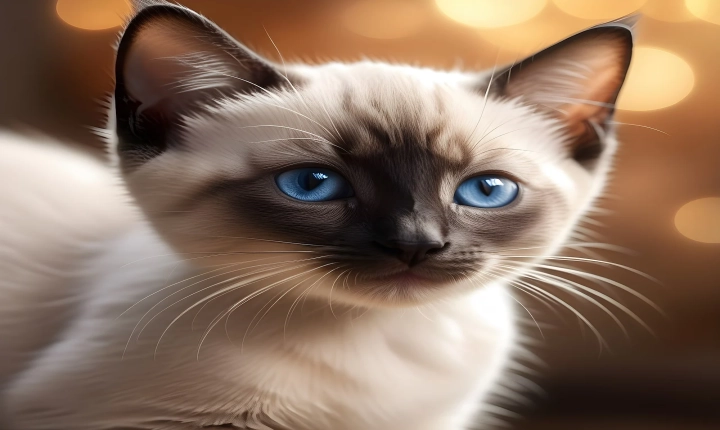How to Copyright AI-Generated Art: A Guide for Artists and Creators
With the rise of artificial intelligence (AI) technology, the creation of AI-generated art has become increasingly popular among artists and creators. However, as with any form of creative expression, it’s important to understand the legal aspects of protecting your work. In this article, we will explore how to copyright AI-generated art and provide helpful guidance for artists and creators.
Understanding Copyright Law
Copyright law protects original works of authorship, including literary, artistic, musical, and other creative works, from being used or reproduced without the permission of the creator. In the case of AI-generated art, the question of authorship becomes more complex as the role of the AI system in the creative process may challenge the traditional notion of authorship.
In the United States, copyright law dictates that copyright protection is available for original works of authorship fixed in a tangible medium of expression. This means that the work must be the result of a human author’s creative effort and be fixed in a tangible form, such as a painting, drawing, or digital file.
However, when it comes to AI-generated art, determining authorship and ownership can be complicated, as the AI system’s role in creating the artwork blurs the lines of traditional authorship. Nevertheless, there are steps that artists and creators can take to protect their AI-generated art under copyright law.
Steps to Copyright AI-Generated Art
1. Understand the Role of the Artist: While the AI system may be responsible for generating the art, the artist or creator plays a crucial role in the creative process. It’s important to document and demonstrate your creative input in the development and refinement of the AI-generated art.
2. Keep Detailed Records: Maintaining detailed records of the creative process, including the AI algorithms used, the input data, and any modifications made by the artist, can provide evidence of the artist’s creative contribution.
3. Register Your Copyright: To secure copyright protection for your AI-generated art, consider registering the work with the U.S. Copyright Office. Registration provides a legal presumption of ownership and the exclusive right to reproduce, distribute, and display the artwork.
4. Clearly Define Ownership: If you are collaborating with a programmer or AI developer to create AI-generated art, it’s crucial to establish clear agreements regarding the ownership and rights to the resulting artwork. Clearly defining the ownership and rights in a written agreement can help avoid disputes in the future.
5. Utilize Copyright Notices and Metadata: Adding copyright notices and metadata to your AI-generated art can help inform others of your copyright claims and make it easier for you to enforce your rights.
6. Consider Legal Counsel: Given the unique challenges presented by AI-generated art, consulting with intellectual property attorneys who specialize in copyright law can provide valuable guidance and legal protection for your artwork.
Protecting your AI-generated art through copyright is essential in establishing your ownership and safeguarding your rights as a creator. While the legal landscape surrounding AI-generated art continues to evolve, understanding and implementing appropriate copyright protections can help artists and creators navigate the complexities of AI creativity.
Conclusion
As AI technology continues to revolutionize the creative process, the protection of AI-generated art becomes an increasingly important issue for artists and creators. By understanding the nuances of copyright law and taking proactive steps to protect their work, artists can establish their ownership of AI-generated art and safeguard their rights in the digital era. With careful documentation, proactive registration, and legal counsel, artists and creators can confidently navigate the legal landscape of AI-generated art and ensure the long-term protection of their valuable creative works.
